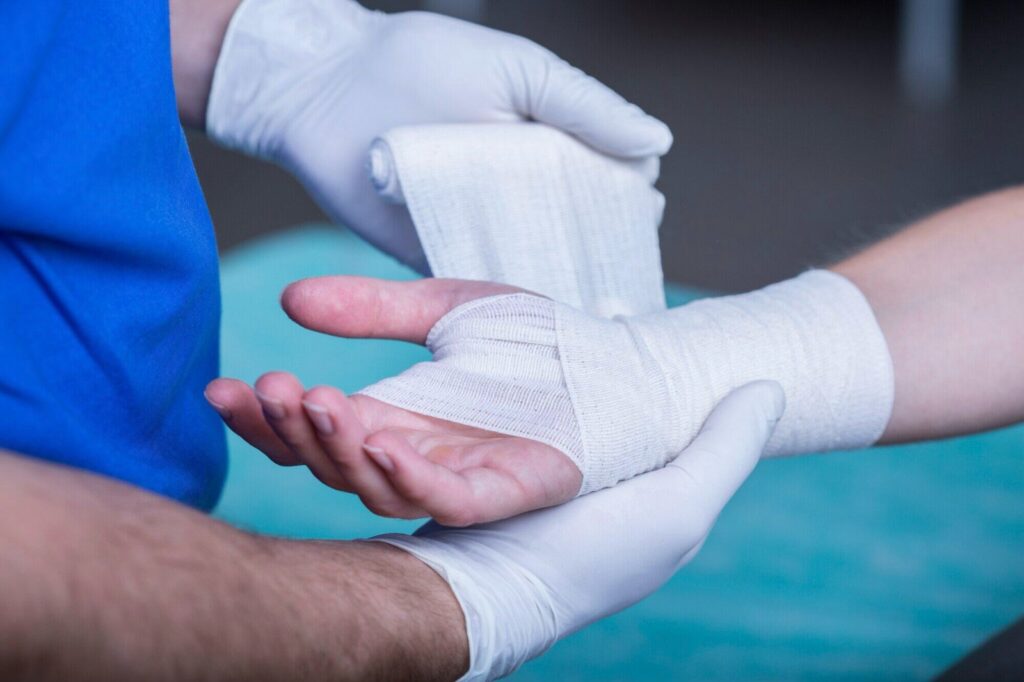When it comes to taking care of wounds, many people believe they know what to do. Yet, improper wound treatment can lead to infections and delayed healing.
Knowing the common mistakes in wound treatment can be key. It can mean the difference between a quick recovery and prolonged pain. Here are some essential tips to help you avoid these mistakes and achieve better healing outcomes.
Skipping the Basics of Wound Treatment
One of the biggest mistakes people make is skipping the basic steps in wound care. This includes not cleaning the wound properly or ignoring the need for bandaging.
When dealing with a cut or scrape, your initial step should be to halt the bleeding. Use a clean cloth or bandage to apply gentle pressure. After the bleeding subsides, wash the area thoroughly with soap and water to reduce the risk of infection.
Incorrectly Applying Bandages
Many people think that any kind of bandage will do the trick, but that’s a misconception. Using the wrong type or applying a bandage incorrectly can hinder the healing process.
Choose a bandage that is appropriate for the size and type of wound. For example, larger cuts may require a gauze pad with adhesive tape, while smaller scrapes might only need a simple adhesive bandage.
Relying on Home Remedies
When it comes to wound treatment, not all home remedies are beneficial. Some might seem harmless, like applying butter or toothpaste.
However, these substances can irritate the wound and increase the risk of infection. It’s essential to stick to medically-proven methods when treating wounds.
Neglecting Signs of Infection
Another common mistake is failing to recognize the signs of infection. Symptoms can include increased redness, swelling, warmth, or pus around the wound. If you notice any of these signs, it’s crucial to seek medical attention immediately.
Monitoring a wound for changes is essential. Remember, if the wound is not improving or seems to be getting worse, it’s better to be safe and contact a doctor.
Not Keeping Wounds Moist
Keeping wounds moist is vital for optimal healing. Many believe they should allow a wound to dry out, but this can lead to scabbing and slow down the healing process.
Instead, consider using occlusive dressings that maintain moisture while protecting the wound. Studies show that moist wound healing can promote faster recovery.
Improper Nutrition and Hydration
Your body needs the right nutrients to heal wounds effectively. A common mistake is neglecting nutrition and hydration during recovery. Make sure you consume a balanced diet rich in vitamins A, C, and protein.
Staying hydrated is equally important. Drink plenty of water throughout the day to maintain body functions. A well-nourished body is an excellent foundation for healing.
Overlooking CPR Certification and Training
While it may seem unrelated, knowing how to perform first aid and understanding CPR can be critical during an emergency. CPR training can equip you with the skills to save a life until professional help arrives.
Investing in First Aid for Bleeding Certification can also provide essential knowledge for treating severe wounds effectively. Whether it’s a small cut or a significant injury, knowing how to respond can make a substantial difference.
Summing It Up for Better Wound Care
Understanding and addressing common wound treatment mistakes can lead to much better outcomes. Always begin with proper cleaning and bandaging, monitor for infections, and consider your diet and hydration. These skills not only help in managing wounds but can also save lives in emergencies.
For more helpful tips, check out the rest of our site today.


